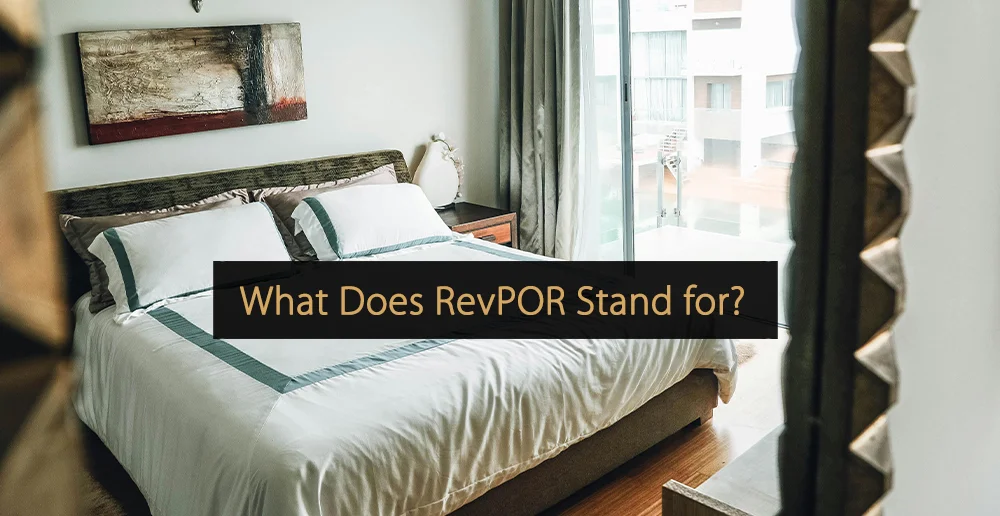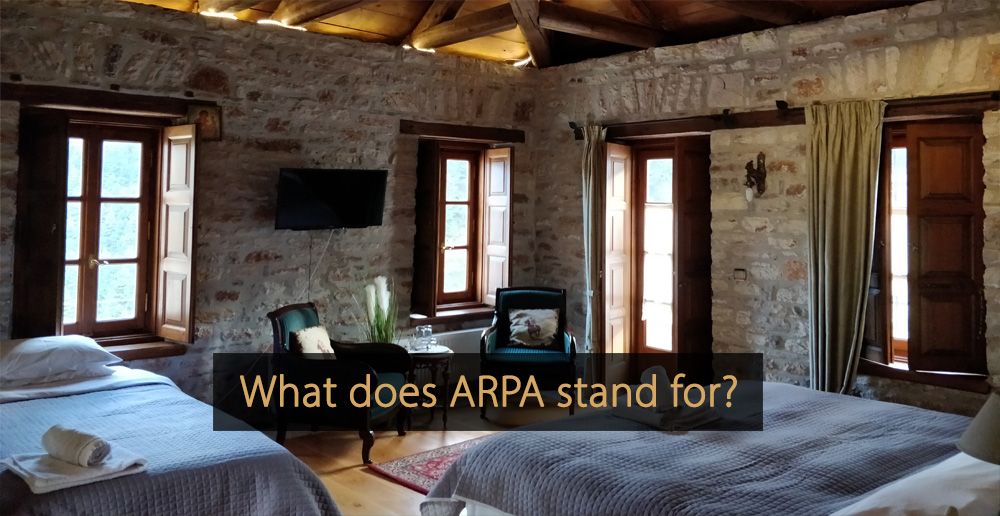Revenue per occupied room, or RevPOR, is a KPI used within hotel management to assess financial performance. As a result, it can play a role in a revenue management strategy. Its main value to hotel owners is in giving them an idea of exactly how much revenue they make from the rooms they manage to sell.
Table of Contents:
- What Does RevPOR Stand for?
- Why Is RevPOR Important?
- How Do You Calculate RevPOR?
- What Is an Example of RevPOR?
- What Is the Difference Between RevPOR and RevPAR?
- How to Maximize RevPOR in Hotels
- More Revenue Management KPIs
What Does RevPOR stand for?
RevPOR is concerned with the revenue generated by occupied rooms as a performance metric. It differs from the average daily rate (ADR) by including revenue stemming from things like room service, and it differs from revenue per available room (RevPAR) because it only factors in occupied rooms.
For revenue management purposes, it can give owners an understanding of how much revenue they are generating, on average, from each party that stays at the hotel, providing some indication of individual spending habits.
Why Is RevPOR Important?
So what is RevPOR really for, and why does it matter? RevPOR is an important performance indicator because it focuses on how much revenue is extracted, on average, for each room that is occupied in the hotel. Due to this focus on occupied rooms, the metric is less influenced by changes in demand, such as during a hotel’s low season.
In addition, it is a metric that focuses not only on room revenue but also on revenue generated from occupied rooms by other hotel services and products, including the bar, restaurant, and leisure facilities. This provides a hotel with valuable information about how well it makes money from the guests it manages to attract.
Table: Importance of RevPOR
| Aspect of RevPOR | Application in Hotel Management | Insights Provided |
|---|---|---|
| Revenue Optimization | Measures revenue generated per occupied room, including ancillary services. | Helps identify successful revenue streams and areas needing improvement. |
| Holistic Revenue Analysis | Includes all revenue from occupied rooms, not just the room fees. | Highlights the effectiveness of cross-selling and upselling efforts in the hotel. |
| Strategic Planning | Guides decisions on pricing, promotions, and service offerings. | Provides data to enhance guest experience and increase overall spending. |
| Performance Benchmarking | Allows for comparison over different periods or against industry standards. | Enables tracking improvements or declines in revenue per occupied room. |
| Operational Efficiency | Assists in managing operational costs relative to revenue generated. | Helps optimize resource allocation based on revenue contribution from services. |
How Do You Calculate RevPOR?
The simple formula for calculating the KPI revenue per occupied room (RevPOR) is as follows:
RevPOR = Total Revenue Generated By Occupied Rooms / Number of Occupied Rooms
Uses and Limitations
Although RevPOR tends to be utilized slightly less than ADR and RevPAR, it is useful for revenue management purposes, because it gives hotels an idea of how much revenue they bring in per guest party and, unlike the aforementioned metrics, it includes revenue generated through things like room service. With that being said, one limitation of RevPOR as a KPI is that it does not concern itself with occupancy rates.
Video: Calculating RevPOR
What Is an Example of RevPOR?
When exploring the question ‘What is RevPOR?’ it can be useful to provide an example.
To calculate RevPOR, you must first calculate total revenue and then divide this number by the number of rooms occupied during the period in question. For instance, if your hotel generates a total of $20,000 and 174 rooms are occupied, the calculation for RevPOR would be $20,000 / 174 = $114.94. So, RevPOR would be $114.94.
What Is the Difference Between RevPOR and RevPAR?
RevPOR and RevPAR are two very different performance metrics, so what is RevPOR used for, and is it more important than RevPAR? RevPOR is valuable because it focuses on revenue-generating performance from rooms that have been sold and looks at how well a hotel is performing when making money from actual customers. This can be especially useful for exploring room rates and the performance of auxiliary services and facilities.
With RevPAR, on the other hand, the emphasis is on analyzing revenue-generating performance within the context of your hotel’s rooms, regardless of whether they are sold. For this reason, RevPAR is generally the most important performance metric in a hotel because it tells the story of how well the hotel is performing overall, factoring in how well it is actually selling rooms and how much money it is making from those guests.
For more information about RevPOR vs RevPAR, read “RevPAR versus RevPOR.”
How to Maximize RevPOR in Hotels
Several possible strategies can be used to improve your RevPOR figure:
Optimize Your Pricing Strategies
While RevPOR focuses on all revenue generated per occupied room, room rates are still likely to be the most important factor in your RevPOR figure, so you need to optimize pricing. This means adjusting pricing based on demand. When demand is high, room rates can increase, allowing you to increase RevPOR. That said, you should also optimize the pricing of other services, such as your hotel restaurant.
Find Opportunities to Upsell
As previously stated when exploring the question ‘What is RevPOR?’, the metric does not only focus on room revenue, so upselling and cross-selling can help maximize the revenue extracted from each guest. For instance, you can automatically use your booking engine to promote room upgrades or optional extras. After a booking, you can also communicate with customers and try to sell tours, spa treatments, meals, or faster internet access.
Optimize Distribution Channels
Finally, it can be important to optimize your distribution strategy, focusing on the channels that help you maximize reach without negatively affecting your room revenue. You might also be able to work with third-party platforms to offer package deals that allow you to bundle in additional services or experiences.
More Revenue Management KPIs
KPI stands for Key Performance Indicator. With KPI, you can measure and identify areas of success and failure and trends related to demand and customer behavior. Besides RevPOR, other important Revenue Management KPIs are:
- What Is RevPAR?
- Hotel KPIs explained: ADR, REVPAR and GOPPAR
- What is an Occupancy Rate?
- What does EBITDA stand for?
- NRevPAR Clearly Explained!
- What is ARPA?
- What is TRevPar?
- RevPAR versus GOPPAR
More Tips to Grow Your Business
Revfine.com is the leading knowledge platform for the hospitality and travel industry. Professionals use our insights, strategies, and actionable tips to get inspired, optimize revenue, innovate processes, and improve customer experience.Explore expert advice on management, marketing, revenue management, operations, software, and technology in our dedicated Hotel, Hospitality, and Travel & Tourism categories.









Leave A Comment